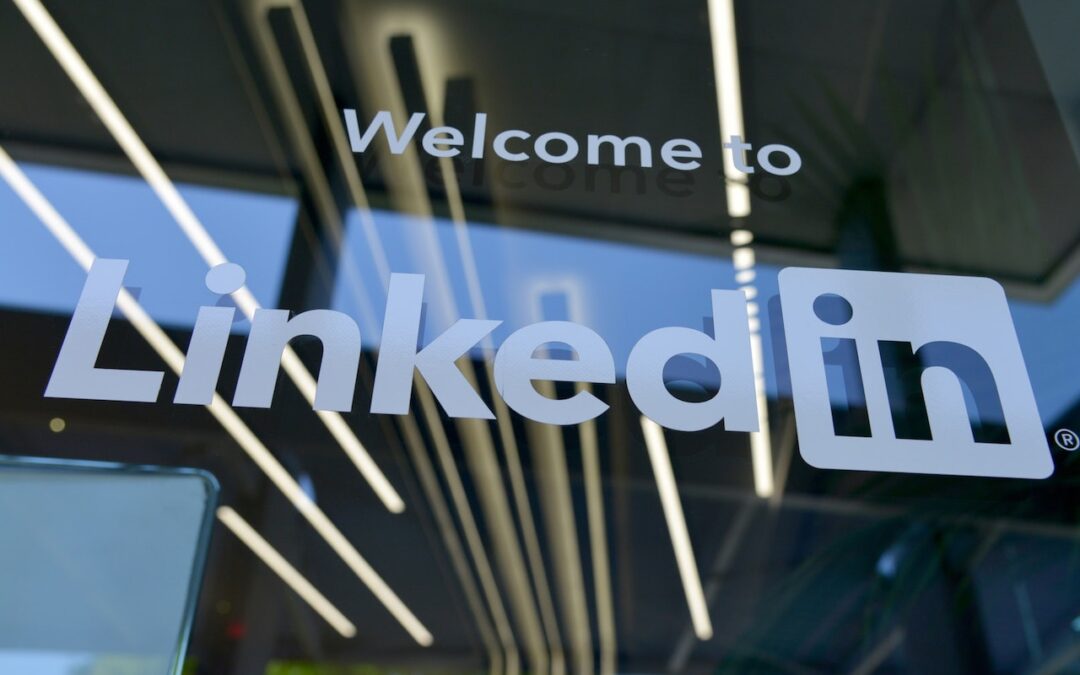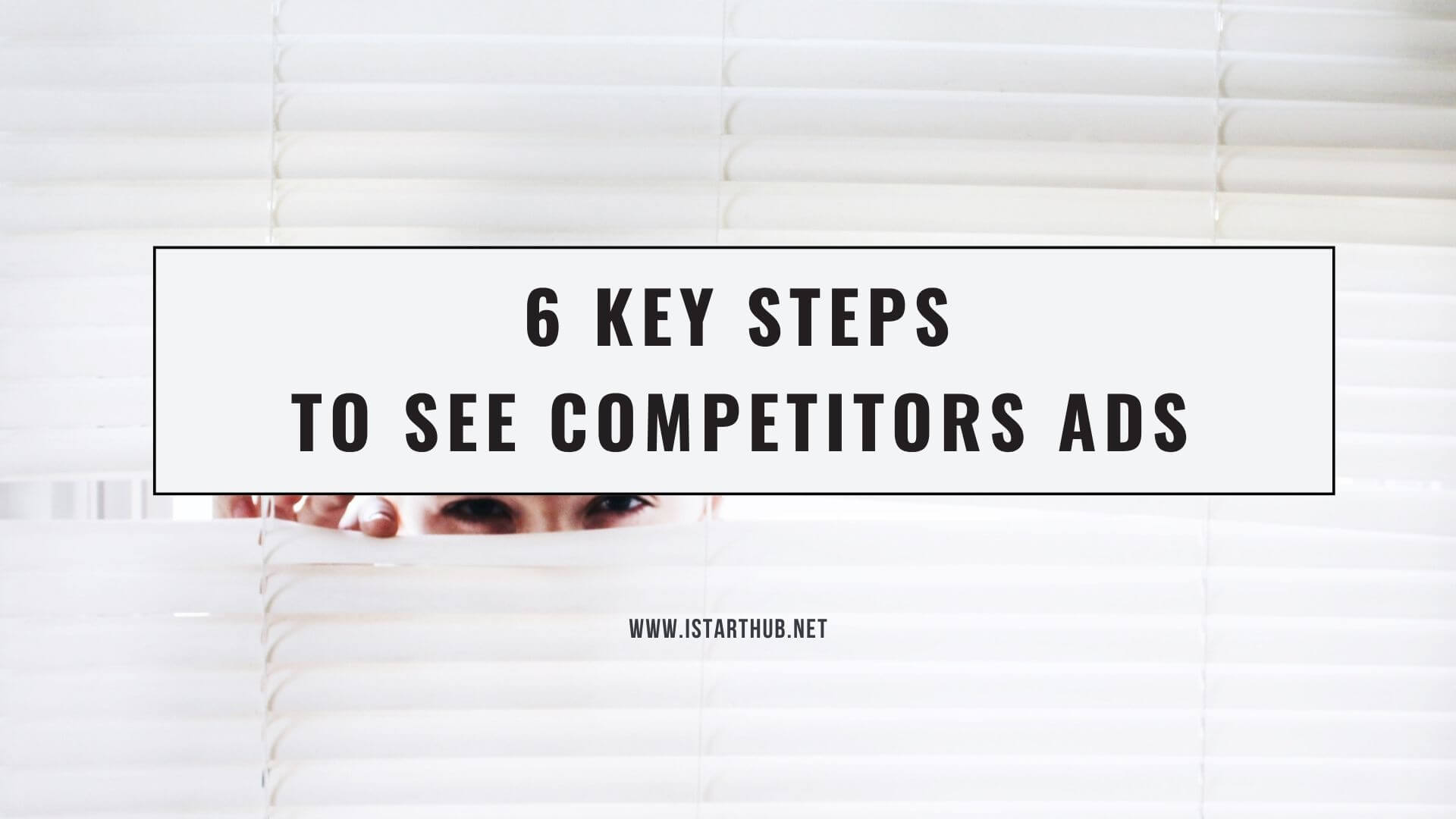There is no doubt that LinkedIn is a gold mine for marketers and job seekers. According to research by LinkedIn, the platform has about 40 million decision-makers, while 61 million are senior-level executives.
Although the opportunities are endless, getting an answer from a cold message is a challenge.
You must target your potential client and start understanding them to draft your approach plan. The plan starts by finding common interests or similarities until the last step of selling your value proposition and making them interested in responding to you.
In this article, we will talk about the steps to achieve the right LinkedIn cold message.
1. Start By Finding Common Ground
While this is a cold message, you should not come out as a stranger to the recipient. LinkedIn is a powerful tool and gives you access to all the information about the prospect.
You can tell their background, professional journey, vision, mission, goals, career objective, educational background, and social opinion from their profile.
Watch out for something you feel you can relate to in the prospect’s profile. Did you attend the same school? Have you worked in a similar company? Or do you share similar views on social or economic matters?
When you find common ground with your connection, use the information to draft your first message. Your aim on the first message is to create a rapport and prompt the prospect to respond.
Thus, the message should be targeted, personalized, customized, and relevant. You don’t want the prospect to feel that they are a part of mass marketing or automated marketing as such messages not only get ignored but get flagged as spam.
An example of a message for finding common ground is:
“Hi, Adam.
My name is Sherry, and I see we belong to the same rotary club.
I would love to connect with you and continue learning more about your input at the rotary club.
Thank You.”
2. Take Time To Warm Prospects
Follow this simple guideline to create the first four touchpoints:
- Connection request message. Instead of simply sending a request to connect, attach a personalized connection request message.
- Actively engage them on their timeline. Follow, comment, share, or like their update, articles, or any content posted by the prospect online.
- Share a free helpful resource like a book, article, or free website audit.
- Invite the prospect to a free webinar on a topic related to their business. This can be a webinar you will host or hosted by a colleague in the company you trust.
3. Tailor The Message To The Recipient
Before drafting the message, think about three questions:
- Who is the recipient, and do they stand for?
- Why am I choosing to message them at the expense of nearly 800 million LinkedIn users?
- What do I expect from this recipient?
These three questions are the foundation of every marketing strategy—the WHO implies that the recipient is a decision-maker and has a demand for your product.
The WHY you are texting the recipient answers your marketing goal: generate leads, build a leads list, get new clients, or build a network.
Finally, the WHAT do I expect from the recipient is your call to action. What do you want the recipient to do? Accept your request to connect? Follow you on LinkedIn? Head to your website and get a free quote? Or subscribe to your YouTube channel.
If you answer these questions, it becomes challenging to forward one message to your LinkedIn network users.
An example of a tailored message to a recipient can be:
‘Hi, Alfred,
My name is Rita, and I have been following your content on global warming, and I love your passion for saving the planet.
I recently read your latest post on the impact of digital currency mining on global warming.
I would love to get your opinion about the recent move by the government to make the currency a legal tender and how that step will affect your efforts towards environmental conservation.
Thank you”
4. Keep It Short
Three sentences or less are enough for the first touch message. You didn’t need to explain the history of your company, how you preserved it in the first year, and how you have saved the world by investing in green energy.
All these facts are irrelevant, especially in the first message. Instead, your aim during the first touchpoint is to explain who you are, what you do, and why the prospect should pay attention.
Senior executives and most decision-makers live in a fast-paced environment.
Every day, they are faced with millions of decisions to make to move their companies forward. The last thing you want is to make them decide between reading your message or ignoring your message.
5. Include A Value Proposition And Social Proof
What is the value proposition?
Uber, Zoom, and WordPress have one thing in common, a great value proposition. Once you click on the Uber website, you are welcomed by the words’ the most innovative way to get around”.
The WordPress value proposition is the ‘world’s largest website builder,’ and Zoom’s value proposition is the world’s number one video conferencing and web conferencing service.
Value proposition communicates two things, what you do, and what makes you stand out. What is the competitive edge that differentiates you from the rest of the players?
Why should a prospect choose you over thousands of other providers?
Communicate your value proposition in short, factual, and action-oriented words. The choice of words should make the prospect want to head to your website to view more details about your product.
Your value proposition statement should answer the following questions:
- What products or services do you offer?
- Who are your target customers?
- What problems are your target customers facing?
- How do your products or services solve these problems or problems?
- What makes you different from other players in the industry?
What is social proof?
In the physiological field, social proof refers to an idea that people conform to be liked, accepted, or followed by an influencer or society.
For instance, if you are shopping for a company dealing with artificial intelligence to generate leads, you are more likely to choose a company that has worked with amazon, apple, Facebook, or any of the big players In the telecom industry.
Social proof refers to evidence that other industry-leading players have used your services and liked the services in the marketing context. It is your chance to prove that you are tried, tested, and accepted.
Social proof should not be about what you say about yourself but what other companies say about you. For instance, if you own an eCommerce website, social proof is the reviews and comments that shoppers leave on your website after buying. If you offer a service, the client testimonial is your social proof. Thus, how do you include this in a LinkedIn cold message?
Remember, keeping the message short is a priority in cold messaging. Thus, share a link to your client testimonials for your social proof.
6. Give The Prospect A Reason To Reply
Drafting a tremendous cold message is meaningless if it does not elicit a response from your target audience.
While your first message aims to establish a relationship with the prospect, you need to keep the prospect engaged in making a sale at some future date. Therefore, your focus should be to keep the relationship active, and this can be achieved if you get a response from your prospect.
Ensure that you include a question at the end of the message, which should give the prospect a reason to respond.
For example, the message could be about their experience, mutual connection, job position, recent promotion, interest, or occupation.
Also, the question should be tailored to the recipient by ensuring that only the recipient can respond. Ask a question that makes the recipient seem helpful. It is human nature to be useful, and most people would be motivated to help.
We hope these steps can help you close your next deal on LinkedIn. Follow them and good luck!




